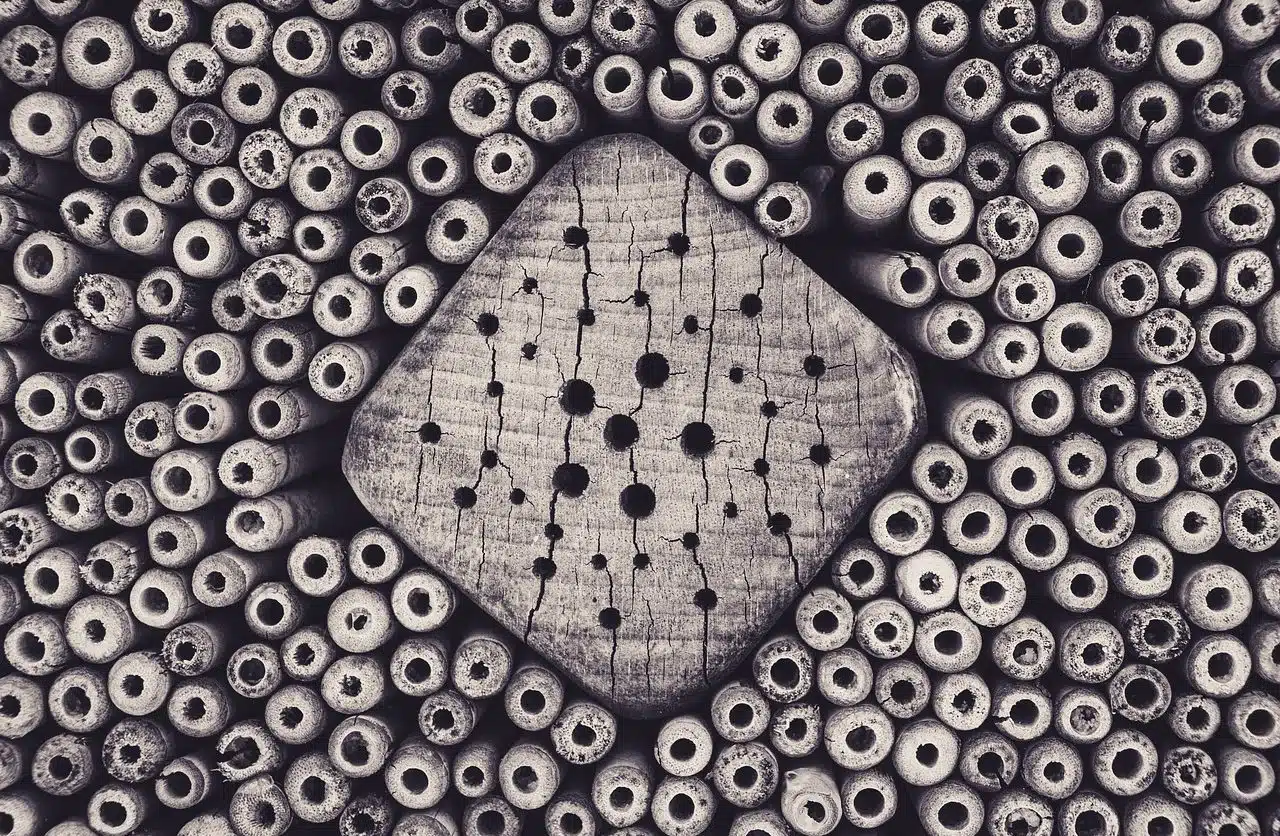
Trypophobia is the phobia towards a succession of geometric figures that are located very close to each other.
Trypophobia is not a term registered by the Royal Spanish Academy ( RAE ) in its dictionary . The notion refers to the phobia towards the succession of geometric figures that are very close to each other .
It should be remembered that a phobia is an excessive, obsessive fear lacking rationality that a person experiences of something or someone. In the case of trypophobia, it is not usually officially recognized as a pathology , although many individuals say they are phobic of objects that have many holes or circles together, such as certain mushrooms and flowers or bee honeycombs.
Some experts believe that trypophobia is related to the traditional fear of microorganisms or parasites . The person who suffers from trypophobia, upon seeing an element full of small holes, may feel itching, itching and nausea. Your image can also cause an increased level of anxiety .
Emergence of trypophobia
One theory maintains that this fear is linked to the evolution of the human being . In ancient times, man had to learn to avoid various poisonous animals that had geometric patterns on their skin.
Trypophobia could therefore come from that primitive behavior, given the similarity in the appearance of poisonous animals and that of objects where geometric figures are repeated. Trypophobia, in this way, would be present in the genes and would not be acquired.

One theory indicates that trypophobia has genetic roots.
A common disorder
Despite the doubts of the scientific community about the existence of trypophobia, certain studies affirm that more than 15% of the population experiences this phobia. Therefore, it is a fairly common disorder .
While science seeks evidence to decide to believe in the legitimacy of trypophobia or condemn it to the ark of pseudoscience, the thousands of people who claim to experience this disorder need help, and that is why there are various treatments. Some that are based on therapy and others that rely on the administration of medications.
Trypophobia treatment
Exposure therapy
Through this treatment , the therapist gradually exposes the patient to the stimulus that causes their symptoms, with the aim of helping them control anxiety. There are various tools that the professional uses throughout the sessions, although the most important thing is to gain the trust of his patient, since exposure therapy only works if he breaks down all his barriers and gives himself completely.
It is not easy for a phobic person to face their fears, even if only in small doses. However, if the therapy works, then with each step the patient's strength grows and, inversely and proportionally, the object of the phobia weakens. The expected result is total control of anxiety when seeing any pattern of geometric figures.
Cognitive behavioral therapy
In this case, the objective is to change the thoughts and behaviors that appear when trypophobia occurs. Unlike other therapies, cognitive behavioral therapy focuses on the present , on the way the patient acts at the time of treatment, instead of trying to get to the root of the problem .
Through therapy, the patient acquires a series of skills that allow him to face his difficulties, more precisely his inability to tolerate an image with a high density of geometric figures.
Medications
First of all, it is important to note that only a psychiatrist can prescribe an anti-trypophobia medication. Among the most common are tranquilizers (used to control the anxiety caused by this and other phobias), beta blockers (to neutralize the effects of adrenaline) and antidepressants (in the most serious cases of trypophobia, to avoid that threatens the patient's normal activity).
